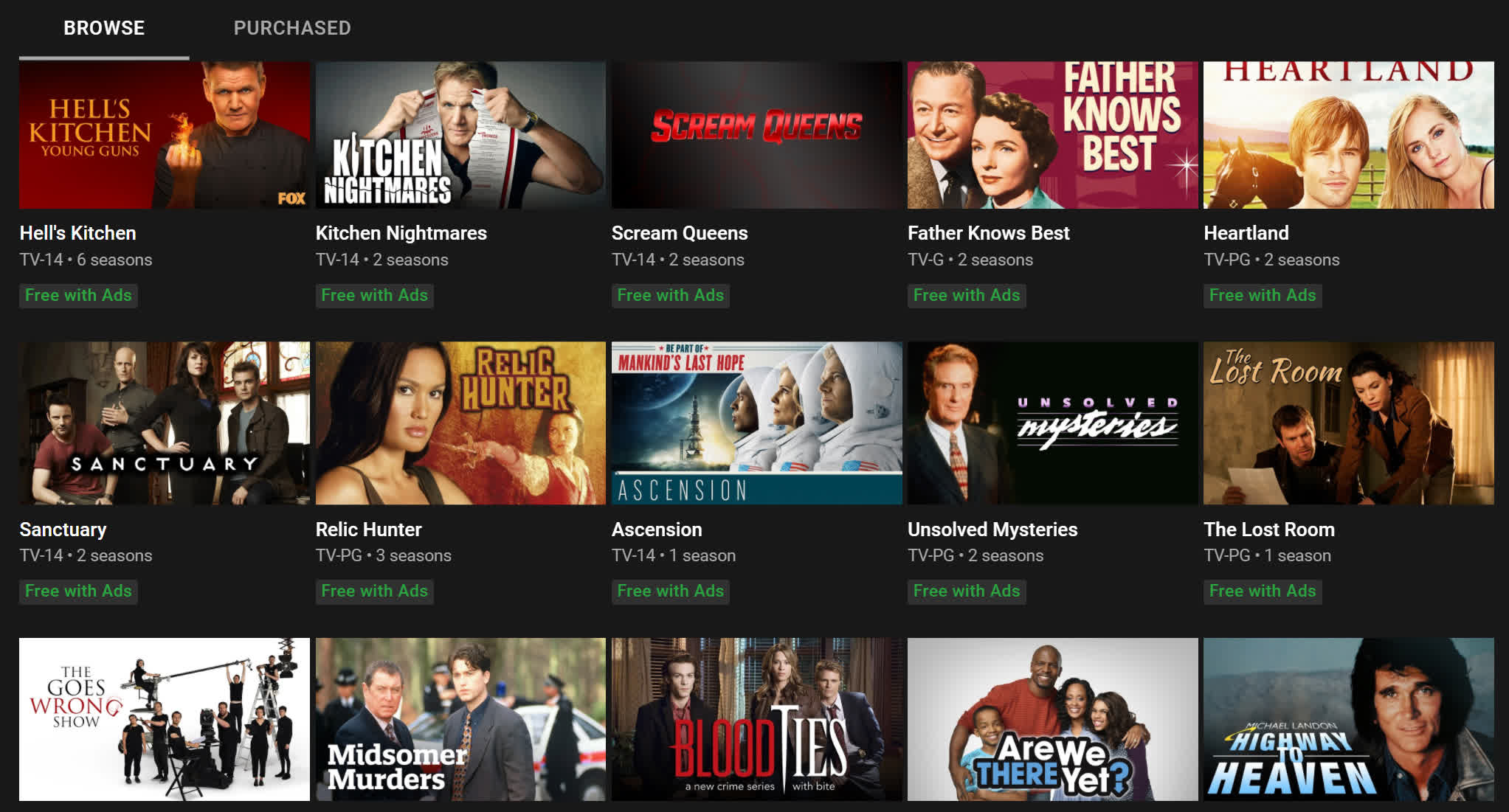
Recently, TV-14 and TV-PG ratings were given to two popular TV series. One, "Millennium," had a music video-style opening sequence, while the other featured an abducted little girl and a rap song. Though many critics disagree with the ratings, there are some who support a system that provides parents with specific content information.
PG-13 vs R (movie rating)
It's crucial to understand the differences when comparing TV-PG programs and movies. A PG rating means that the content is appropriate for older viewers, while a R rating means it is not suitable for children. The ratings are calculated based on the balance of various categories such as language, sexual dialog, and violent themes. You can consult the content descriptors to assist you in making difficult decisions regarding what shows to watch.
This rating is the most popular, with major Marvel blockbuster movies and superhero movies rated PG-13. PG-13 ratings, even with the big-name talent, are not always appropriate for serious movies. Winter's Tale was one of the blockbuster movies with the lowest PG-13 ratings. Labor Day, starring Kate Winslett and Josh Brolin, is another example.

One study showed that R-rated films had the same number of explicit scenes as PG-13 movies. This is despite the fact that the PG-13 rating does not restrict sexual content. It also includes some scenes of violence and alcohol consumption.
When comparing PG-13 vs R (movies and TV shows), you should always ask yourself which movie you'd recommend for younger viewers. A PG-13 movie is best for people 18 and older. An R-rated film is only recommended for adults. Parents must ensure that their children fully understand what they are watching before taking them to the movies.
PG-13 vs PG
The ratings system of movies and TV shows is different from those of books. A movie might be rated PG-13/PG-rated but is not appropriate for children younger than 14. TV shows rated TV-14 will feature more violent and sexual scenes.
PG-13 is more family-friendly than TV-14, which is for mature audiences only. PG-13 is the most used rating in the United States. TV-14 is the least popular. Both have different meanings. PG-13 means the content is suitable for older children, while TV-14 means it is more geared towards young adults. Although it may seem like a small difference, this rating refers to different types content.

The difference between PG-13 and PG on TV shows is very important, as it reveals what shows are suitable for children and which ones aren't. The PG rating for TV shows warns about content that is inappropriate for children younger than 13 years. A show with a PG-13 rating is likely to contain scenes that involve sexual dialogues or situations. Parents should ensure their children are educated about these differences and what is appropriate.
It's essential to be able distinguish between TV-14 and PG-13 as a parent. This rating isn't a recommendation to watch a particular program or movie; rather, it is a warning for parents to keep an eye on their children and watch the film with them. A program rated PG-13 can be rated C8 here in Canada, which means it's appropriate for children aged 8 and above. Many television programs with PG ratings can be family-friendly, including The Simpsons (Family Guy), American Dad!, South Park, American Dad!, American Dad!, American Dad!, American Dad!, American Dad!, American Dad!, American Dad!, American Dad!, South Park, and American Dad!
FAQ
What are the differences between commercials?
Three types of commercials are available: TV Commercials; Radio Commercials; and Print Ads.
TV Commercials are usually 30 seconds long. They are used often to promote brand awareness.
Radio commercials last longer (usually around 1 minute) and are often used to promote products.
Print ads are usually less than two minutes long and are often targeted at specific audiences.
Why should I pay attention to TV?
You must care about TV if your business is a success.
Many companies rely on it as a major source of revenue.
And if you're thinking about starting a business, you should learn everything you can about TV advertising.
This will enable you to decide which ads you should run, what places you should spend your money, as well as how to market your product effectively.
How much time does a commercial air?
Commercials air at different times during the day. Some commercials are shown during daytime, while others air in prime time or late at night.
Most commercials are aired within an hour or less.
Statistics
- Radio is extremely accessible – 95 percent of cars have radios, and 99 percent of homes have radios. (marketingevolution.com)
- To get estimated costs for airing a 60-second TV commercial in different regional markets, check out the following figures in this TV ad pricing chart from the media experts at Casual Precision. (fitsmallbusiness.com)
- In fact, 76% of people completely skip the commercials while watching their programs. (qualitylogoproducts.com)
- 93 percent of American adults listen to the radio over the course of the week. (marketingevolution.com)
- In fact, when the ad first launched, Dos Equis quickly became one of the fastest-growing beers, increasing its sales by over 22%. (qualitylogoproducts.com)
External Links
How To
How does the TV Advertising Industry work?
The TV advertising industry is made up of many companies who all have to come together to ensure that the adverts are shown on TV at the right time and place for maximum effect. Ads should be relevant to viewers and not offend them.
The media buying company then buys the broadcast time from the networks. The media buying company then sells this airtime to advertisers. This is where you as an advertiser pay for the airtime. You can purchase specific timeslots, or the entire day.
Once the airtime is bought, the media buying company sends the advert to the network. The network broadcasts the ad at its scheduled broadcast time.
The viewer may click the link to go to the advertiser's site if they watch the ad. The advertiser is paid again by the media buying firm if they click the link.
The process continues until the advertisement is completed. At the end of the ad break, the media buying company collects its money from the advertiser and passes it onto the network.
Advertising agencies create and send the ads to media buying firms. They also manage the creative part of the campaign.
They also manage creative aspects and communicate with clients regarding the content. They also manage the production process and work with clients to determine the budget.
They supervise the entire campaign, and keep track.